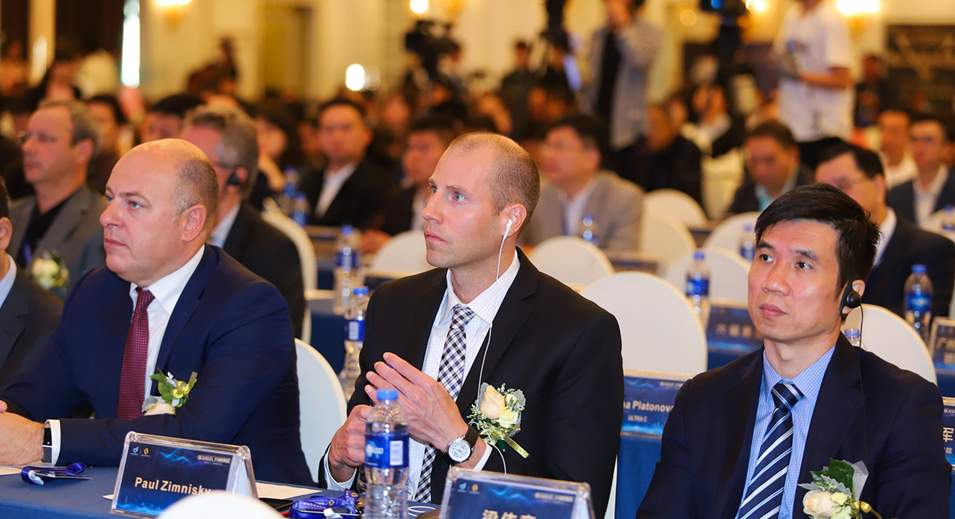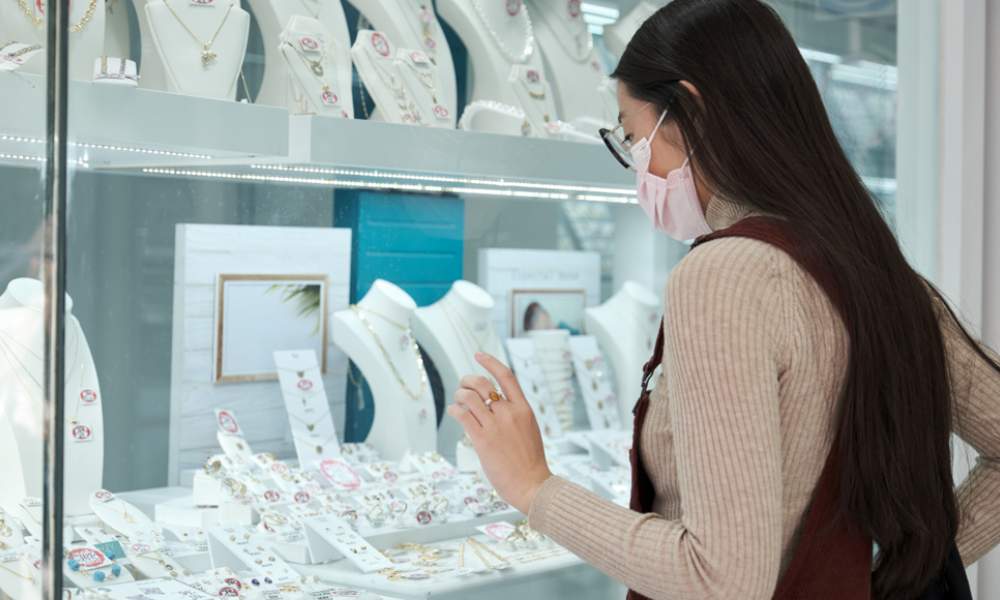Paul Zimnisky, an independent diamond industry analyst and consultant, explores how the diamond and jewellery industry can navigate the uncertainties and risks of the Chinese market in 2024 and beyond amid a changing landscape post-pandemic.
In 2023, LVMH, the world’s largest luxury conglomerate and parent of jewellers Tiffany & Co. and Bulgari, saw company-wide sales grow 18% in its “Asia (excl. Japan)” market, which includes Mainland China. Notably, the results outperformed Europe and the U.S., which were up 13% and 4%, respectively.
During a recent analyst call in January, management was enthusiastic to share that over the two-year period including 2022 and 2023, sales in Asia grew double-digits “despite the lockdowns in China.” However, there is a caveat.
On the call, CFO Jean-Jacques Guiony estimated that post-pandemic there are twice as many Chinese customers buying luxury within China than there were in 2019 – which is due to a drop in Mainland Chinese consumers traveling and alternatively spending abroad in markets like Paris and New York.

LVMH specified that the number of Mainlanders currently buying jewellery outside of China is less than 20% – which compares to what was “a big chunk of the business up to 2019” (as management explained without quantifying further).
Using France as an example, Guiony explained “we are looking at about 30% below what we used to do with the Chinese in 2019, so we’re not back to where we were,” adding that these days there are fewer large groups of touring Chinese shoppers, “(it’s mostly) much more independent travellers with a higher worth.”
This trend has been evidenced by Bulgari’s recent outperformance of Tiffany, as according to management, the former has more exposure to China and the latter more exposure to the U.S.
This matters, in part, because customers tend to spend less when shopping domestically, i.e. on a relative average ticket amount basis. When jewellery consumers shop abroad, it’s typically “a more special situation” so they tend to spend more – this has shown to be the case across demographics.
While business shifts caused by the pandemic – like the example above – continue to play out, more macroeconomic uncertainties concerning the Chinese market are taking centre stage in 2024 – with a precarious property market and a larger trend of deglobalisation at the core of concerns.
An average of forecasts from the IMF, OECD and World Bank, point to the Chinese economy growing at just 4.2% this year and next. Sub-5% growth is the lowest for China since 1990 (excluding the pandemic-lockdown laden years of 2020 and 2022).
While China’s economic system doesn’t necessarily allow for a completely relative comparison to that of more capitalistic economies (e.g. using the above growth projections), the economy is clearly undergoing a structural moderation. To add context to the importance of this, China has represented upwards of 40% of the world’s total economic growth over the last quarter century.
For the diamond industry, China has been an integral part of demand growth over that time. Prior to the 2000s, diamond jewellery, especially as a bridal gift, was virtually non-existent in China. However, De Beers has since almost singlehandedly grown China into the industry’s second largest consumer market.
Looking ahead, it is worth noting that historically the Chinese government has not shied away from executing stern economic policy support and consumer stimulus measures when conditions warrant – for instance, the “Dual Circulation Strategy” and “14th Five-Year Plan.”
The former is a Chinese economic policy that was implemented in early-2020 aimed at stimulating domestic consumption while remaining open to international trade and foreign investment. The latter is the latest in a series of social and economic development initiatives first implemented by the government in 1953.
Paul Zimnisky, CFA is an independent diamond industry analyst and consultant based in the New York metro area. For regular in-depth analysis and forecasts of the diamond industry please consider subscribing to his State of the Diamond Market, a leading monthly industry report; an index of previous editions can be found here. Also, listen to the Paul Zimnisky Diamond Analytics Podcast on iTunes or Spotify for exclusive full-length conversations with special guests from the gem and jewellery industry. Paul is a graduate of the University of Maryland’s Robert H. Smith School of Business with a B.S. in finance and he is a CFA charterholder. He can be reached at paul@paulzimnisky.com and followed on X @paulzimnisky.
Disclosure: At the time of writing Paul Zimnisky held a long equity position in Lucara Diamond Corp, Brilliant Earth Group, Star Diamond Corp, Signet Jewelers Ltd and Newmont Corp. Paul is an independent board member of Lipari Diamond Mines, a privately-held Canadian company with an operating kimberlite mine in Brazil and a development-stage asset in Angola. Please read full disclosure at www.paulzimnisky.com

